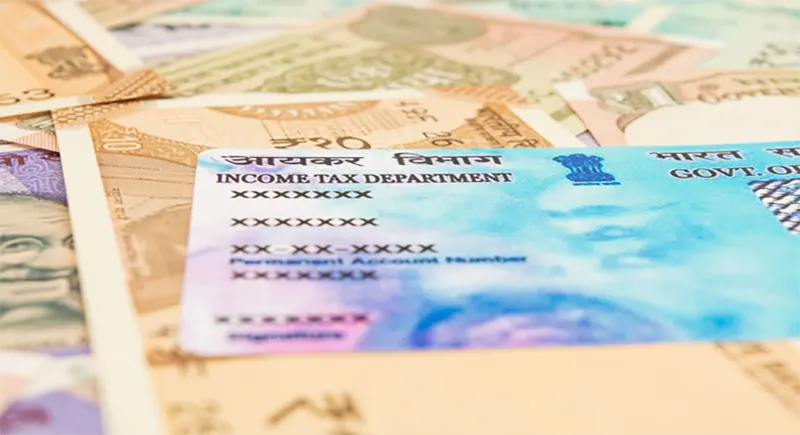The first step for salaried individuals to file their tax returns is to get Form 16 from their employer. This form is a certificate that shows your total taxable income and the taxes deducted at source (TDS) by your employer.
As per Section 203 of the Income Tax Act, 1961, it is your employer’s duty to give you the Form 16t. However, there have been cases where the employer may not provide Form 16 due to various reasons. Generally, this happens when your employer has not deducted any TDS or has shut down the business.
In such cases, you can still file your Income Tax Return (ITR) easily. Let’s see how.
File your ITR in 7 easy steps without Form 16
If you have not received Form 16 from your employer, follow these seven simple steps to legally file your ITR:
1. Collect your pay slips
If your Form 16 (issued by your employer) isn’t available, the first step you should do is to collect all your payslips starting from April 1st to March 31st. In a pay slip, you will find all the details about your salary, deductions, and allowances.
Use your salary breakup mentioned in the payslips to compute taxable income for the year. As per tax laws, this income will be taxable under the head “Income from Salary”.
2. Use Form 26AS
Form 26AS is a tax statement which shows TDS details for the entire fiscal year. From here, you can see:
- How much TDS is deducted from your salary?
and
- How much TDS is deducted from other incomes (like interest on FDs with NBFCs or rental income)?
3. Analyse AIS
In addition to Form 26AS, you can also review the Annual Information Statement (AIS). Just like Form 26AS, it is also a comprehensive summary of all your financial activities. However, it goes one step beyond Form 26AS and shows more details than just TDS.
From an AIS, you can check the following information:
- Dividends: Income earned from shares or mutual funds.
- Stock market transactions: Details of buying or selling shares.
- Mutual fund transactions: Investments, withdrawals, or earnings from mutual funds.
By referring to both AIS you can be assured that all your income sources are covered.
4. Calculate deductions
After identifying your income from all sources, you should determine all the deductions for which you are eligible. Some common deductions are:
- Investments (like LIC, ELSS, and PPF) made under Section 80C
- Donations made under Section 80G
- Health insurance premium paid under Section 80G
By claiming these deductions, you can lower your total tax liability. However, please note that you can claim these deductions only when filing an ITR under the old regime.
Additionally, for record-keeping purposes, maintain all the investment proof. Also, keep invoices of all your high-value purchases made from online marketplaces or offline stores. Sometimes, the income tax department calls for these documents while processing your ITR.
5. Calculate your taxes payable
Now, create a spreadsheet (preferably MS Excel) and enter all the details related to your income and deductions. Apply relevant formulas to perform these steps:
- Compute your total income from all sources
- Reduce all the deductions
- This will give your “net taxable income”
- Use applicable slab rates and calculate your income tax liability
If your TDS exceeds the tax paid, you can claim a refund. Otherwise, you will be required to pay your outstanding income tax liability while filing ITR.
6. Choose the correct ITR form
Be aware that the Income Tax Department has issued several forms that vary based on your income type and sources. To remain compliant, you should pick the right ITR form. That’s because filing with the wrong form can invalidate your return.
7. File and verify ITR
Lastly, visit the official income tax website and log in. Now, choose the correct ITR form and enter all the details. Submit your ITR online and e-verify it within 30 days.
One must be aware that e-verification completes the filing process. As per the tax laws, unverified returns are considered invalid and are as good as not filing the ITR at all.
Conclusion
In the absence of Form 16, you can still file your ITR by relying on other documents, such as Form 26AS, AIS, and payslips. To start with, gather all your payslips and calculate your taxable salary income. Next, use Form 26AS and AIS to check income from all the other sources.
Now, determine eligible deductions under sections like 80C or 80D (applicable only if you are filing ITR under the old regime). Use a spreadsheet to compute your total income, deductions, and taxes payable.
Lastly, choose the right ITR form based on your income type and file your return on the official income tax portal. Don’t forget to e-verify your ITR within 30 days to complete the process.

